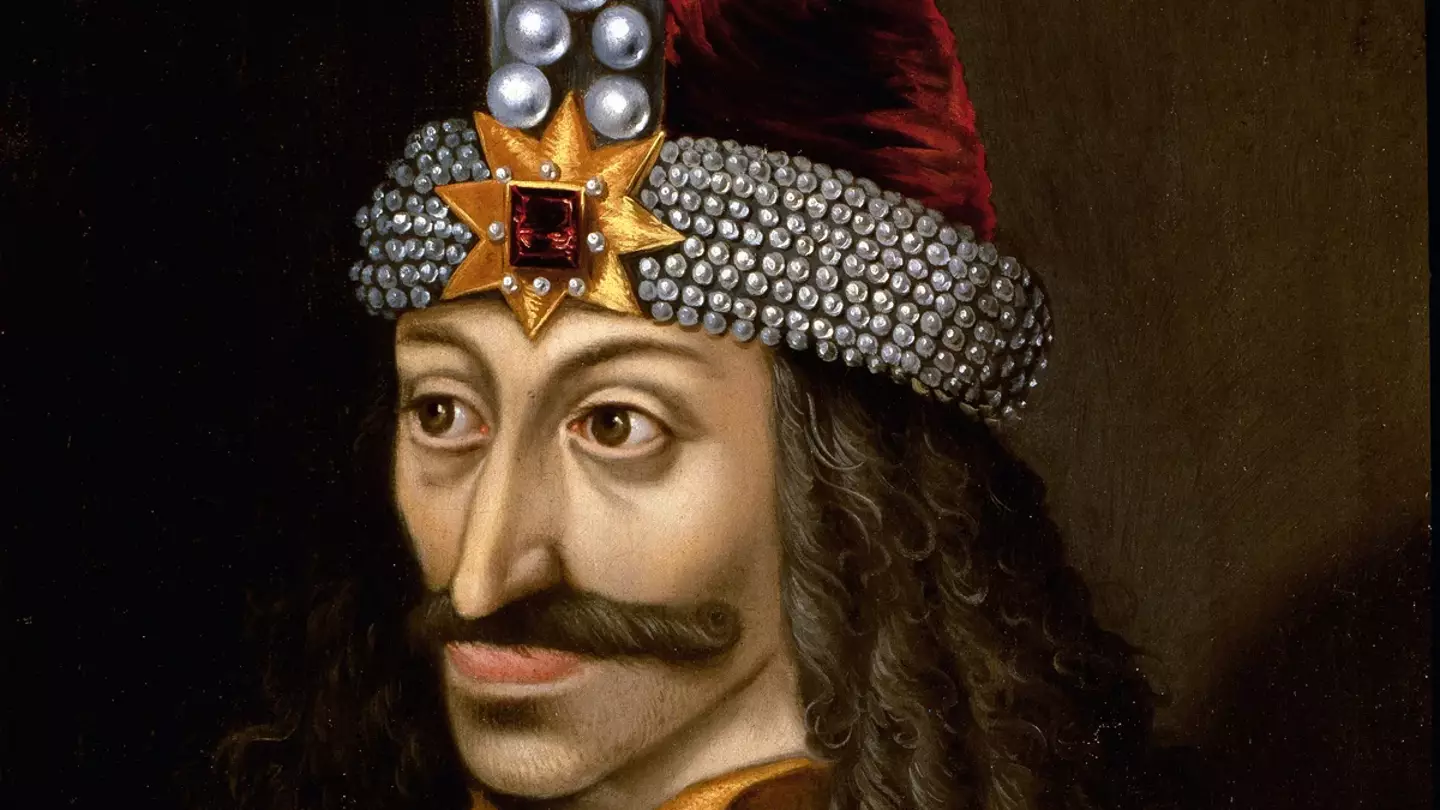Scientists discover mysterious inscription on ancient tomb that could reveal Count Dracula's final resting place
The Impaler may have not died on the battlefield after all...
Featured Image Credit: Stefano Bianchetti/Corbis via Getty ImagesTopics: History, World News, Europe, Science

